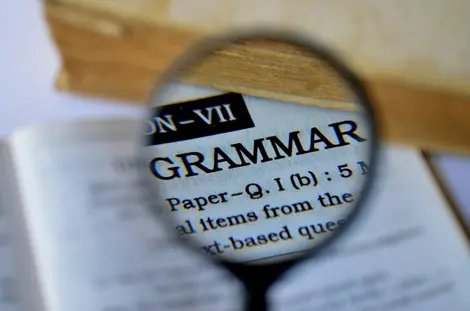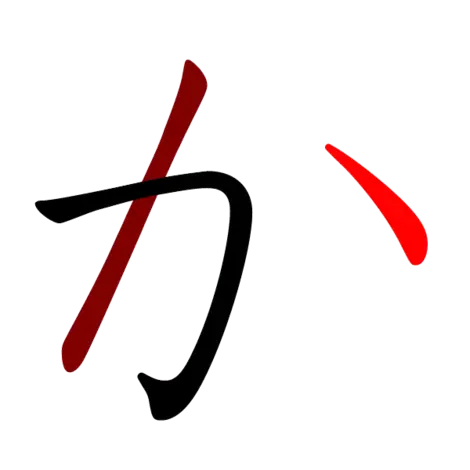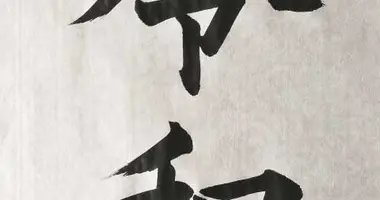Japanese grammatical particles 日本語の助詞
Function markers
The Japanese language has many grammatical particles. Most of them serve to indicate the function of the word that precedes them, but you also find interrogative particles and final particles.
The Japanese language uses particles to indicate a function, an interrogation or an end point in a sentence.
Most common particles
Among the most common particles are は wa, が ga, を wo, で de, に ni, and の no. The first two particles are quite difficult to differentiate for learners. They are generally presented as follows: the particle wa indicates the theme of the sentence and the particle ga, the subject. To speak about oneself, one generally uses the wa :
Watashi wa amerikajin desu. (I am American.)
Watashi wa 30 sai desu. (I am 30 years old.)
The particle wo follows the direct object complement (DOC) of the verb: mizu wo nomu (drink [nomu] water [mizu]). The particle de indicates the place where the action takes place. For the verbs of state, one use the particle ni: niwa ni iru, To be in the garden. The particle de can also mark the means: densha de iku, I go by train.
Finally, the particle no is a possessive marker, on the following model: possessor + no + possession. Example with watashi no ie, my house.
The particles mentioned above are not an exhaustive list. But for those who want to learn the basics of Japanese, it's a good start.
Note that these particles work a little like the cases in Latin or German. They serve, like cases, as markers that indicates the function of a word in a sentence: subject, DOC, etc. And like cases, Japanese particles are always after the word they mark.
Interrogative particles
Transforming an affirmative sentence into an interrogative sentence is easy in Japanese. No complications, no "point" or subject-verb inversion. All you have to do is take the affirmative sentence as it is and add an interrogative particle to it at the end.
Let's look at an example:
Sensei wa hon wo yondeimasu. (The teacher is reading a book.)
Sensei wa hon wo yondeimasu ka. (Is the teacher reading a book?)
Read also : Introducing yourself in Japanese
The simple addition of the particle か ka made it possible to transform the first sentence into a question. Of course, it's sometimes necessary to add interrogative pronouns such as なに nani (what) or だれ dare (who). In oral, familiar and feminine language, there is also the use of no as the interrogative particle.
For example:
Nani wo nomimasu ka. (What are you drinking?)
Dare ga furansujin desu ka. (Who is French?)
Final particles
Finally, Japanese has many final particles, more or less used. In linguistics, we say that they are modals. That is, they express the attitude adopted by the speaker in relation to what he says.
Among these particles, two are very well known and used: よ yo and ね ne. The first has an emphatic value, it allows the speaker to support his words, he is sure of what he says. For example, Tanaka-san wa Nagoya ni imasu yo! could mean "But Mr. Tanaka is in Nagoya, finally!"
The second particle, ne, is generally used to seek the approval of the one you're speaking to. The speaker isn't sure of what they're saying. In this case, it is usually translated as "isn't it?": kyo wa atsui desu-ne... (It's hot today, isn't it...)
Read also: Hiragana and Katakana



















